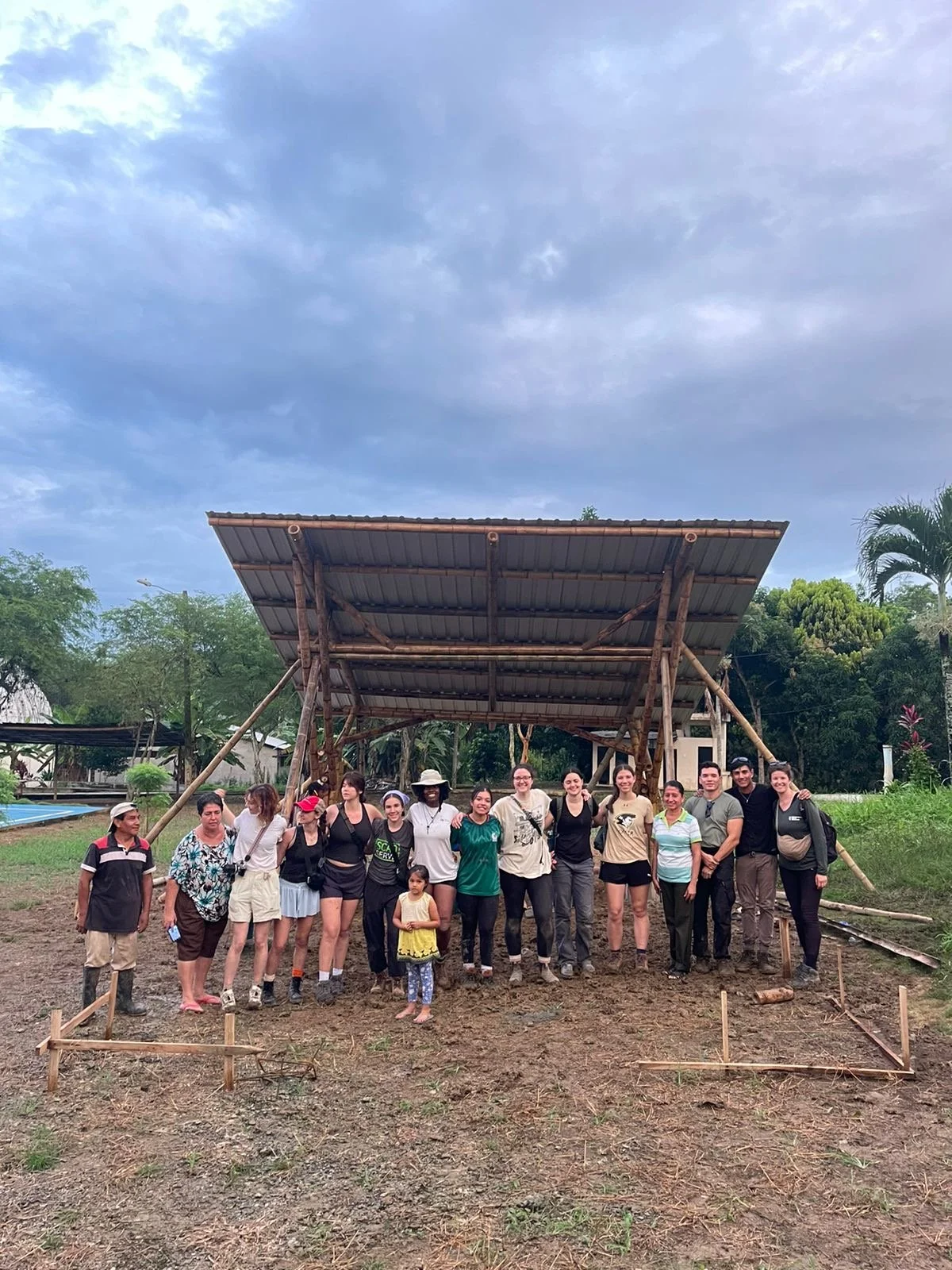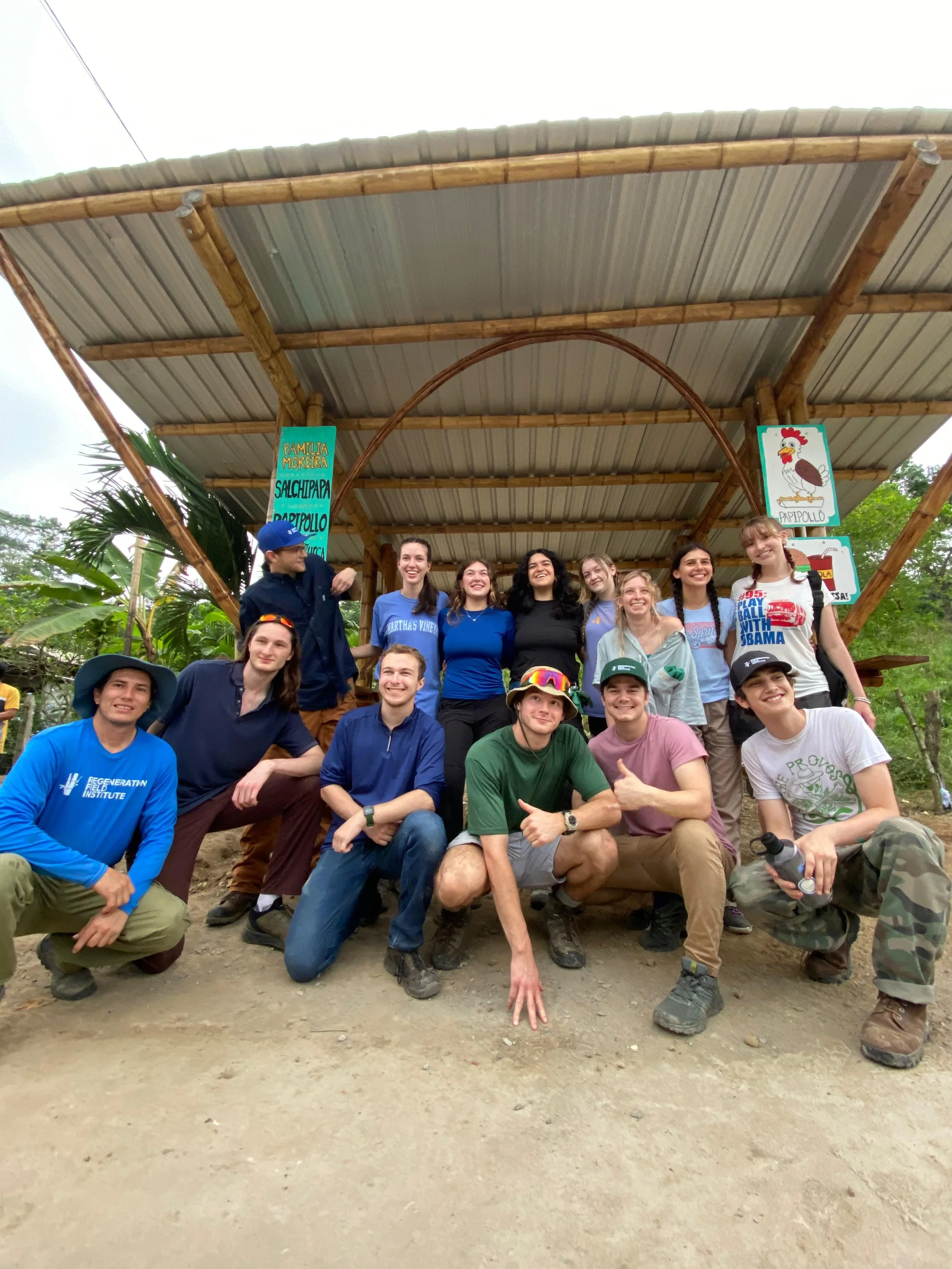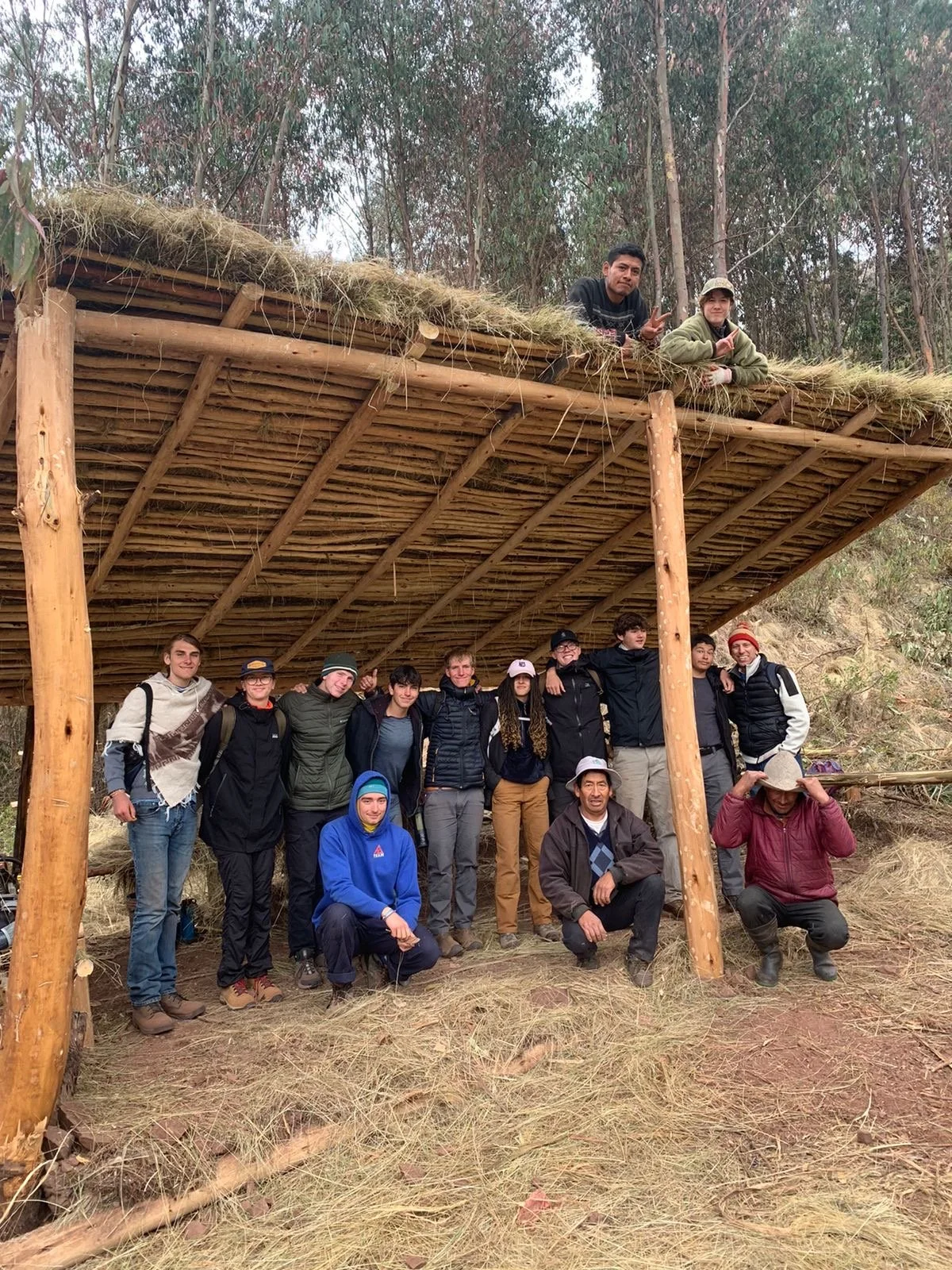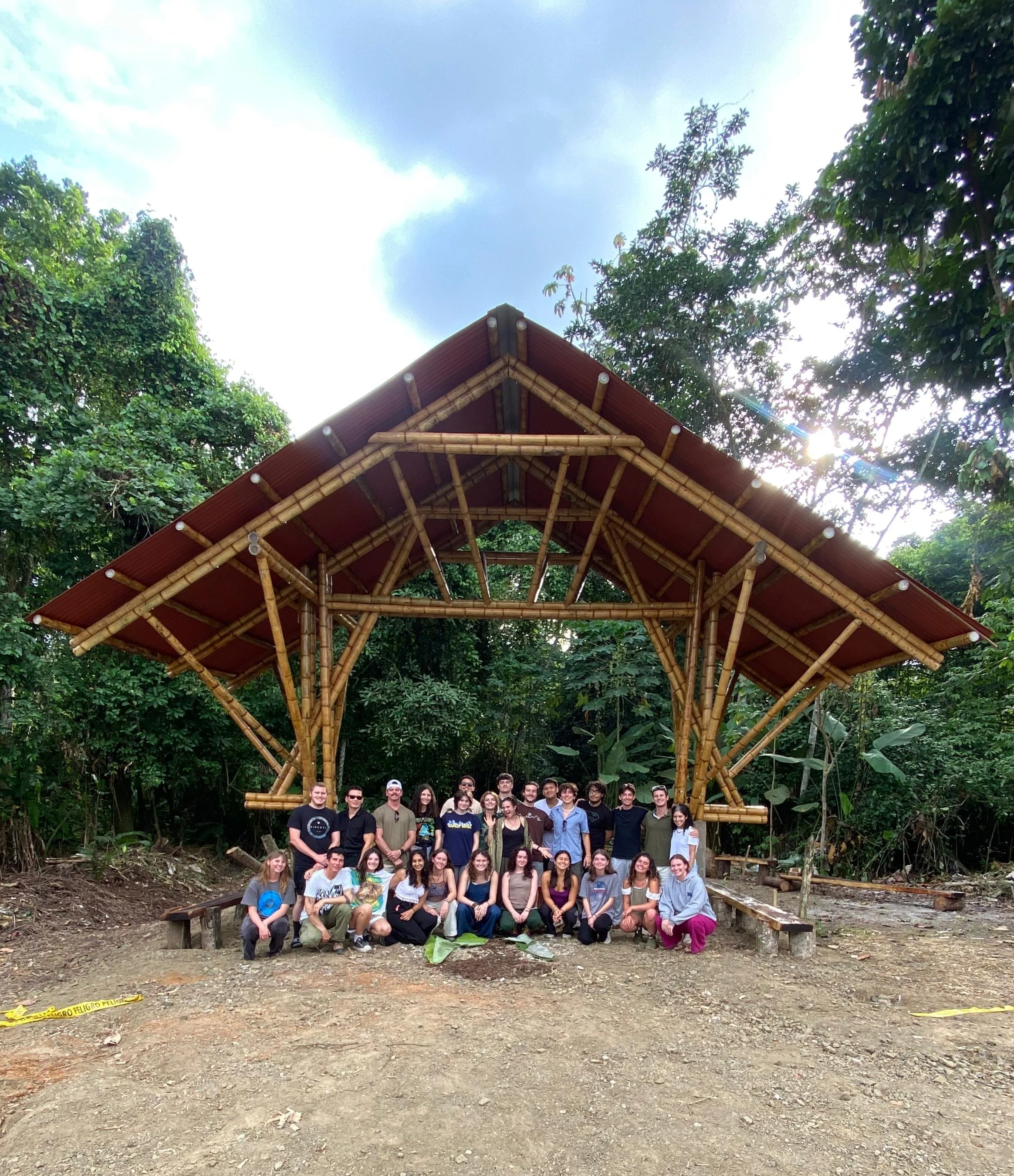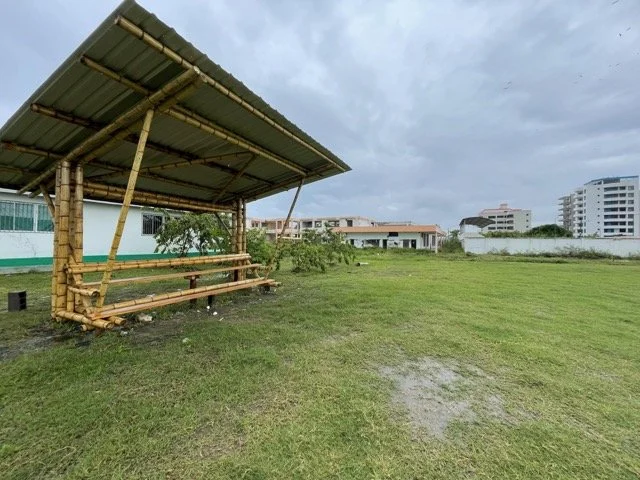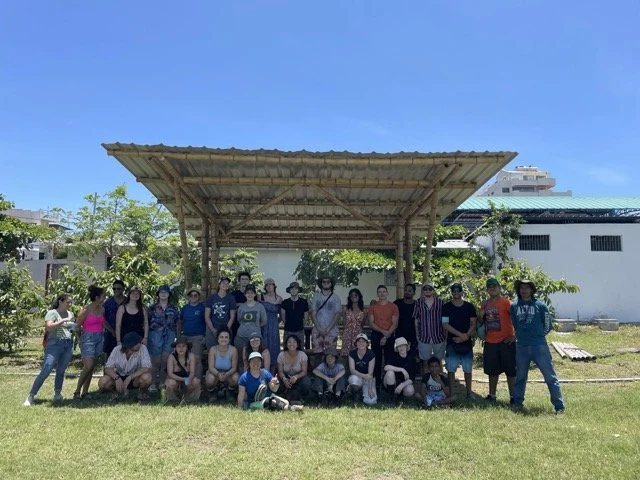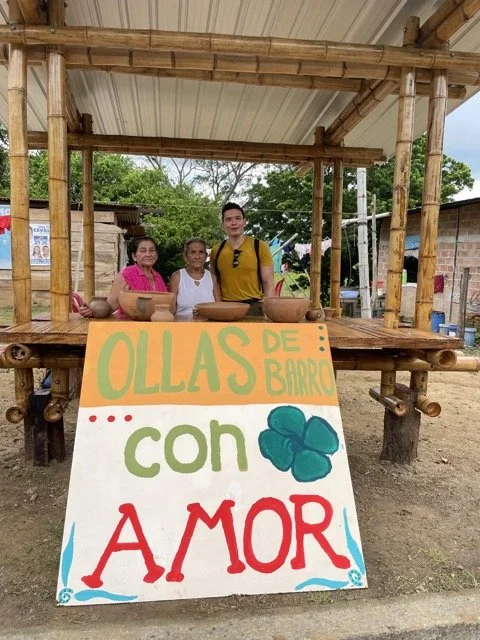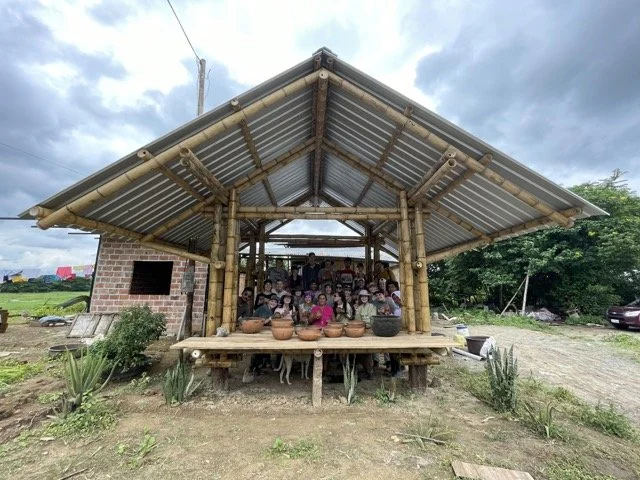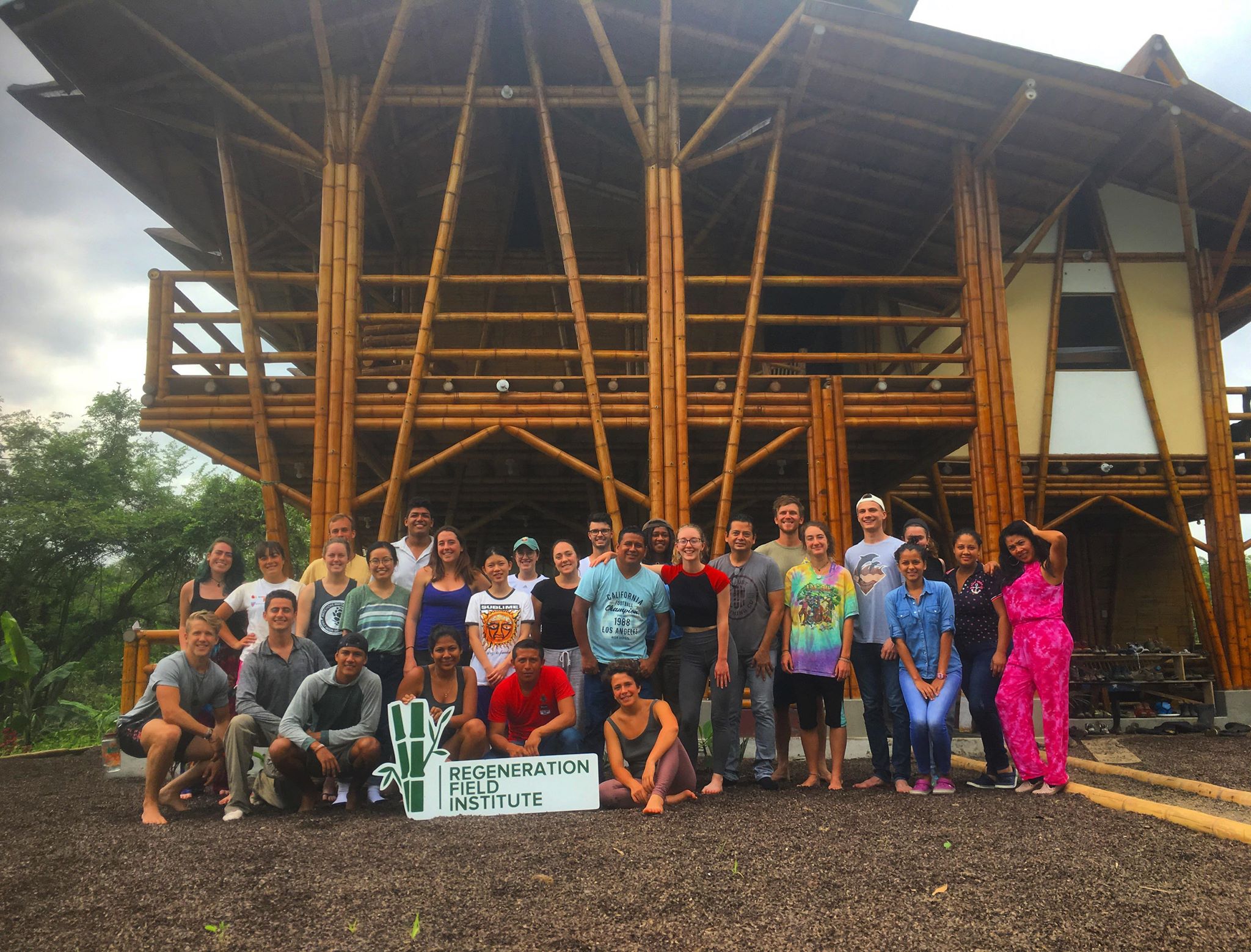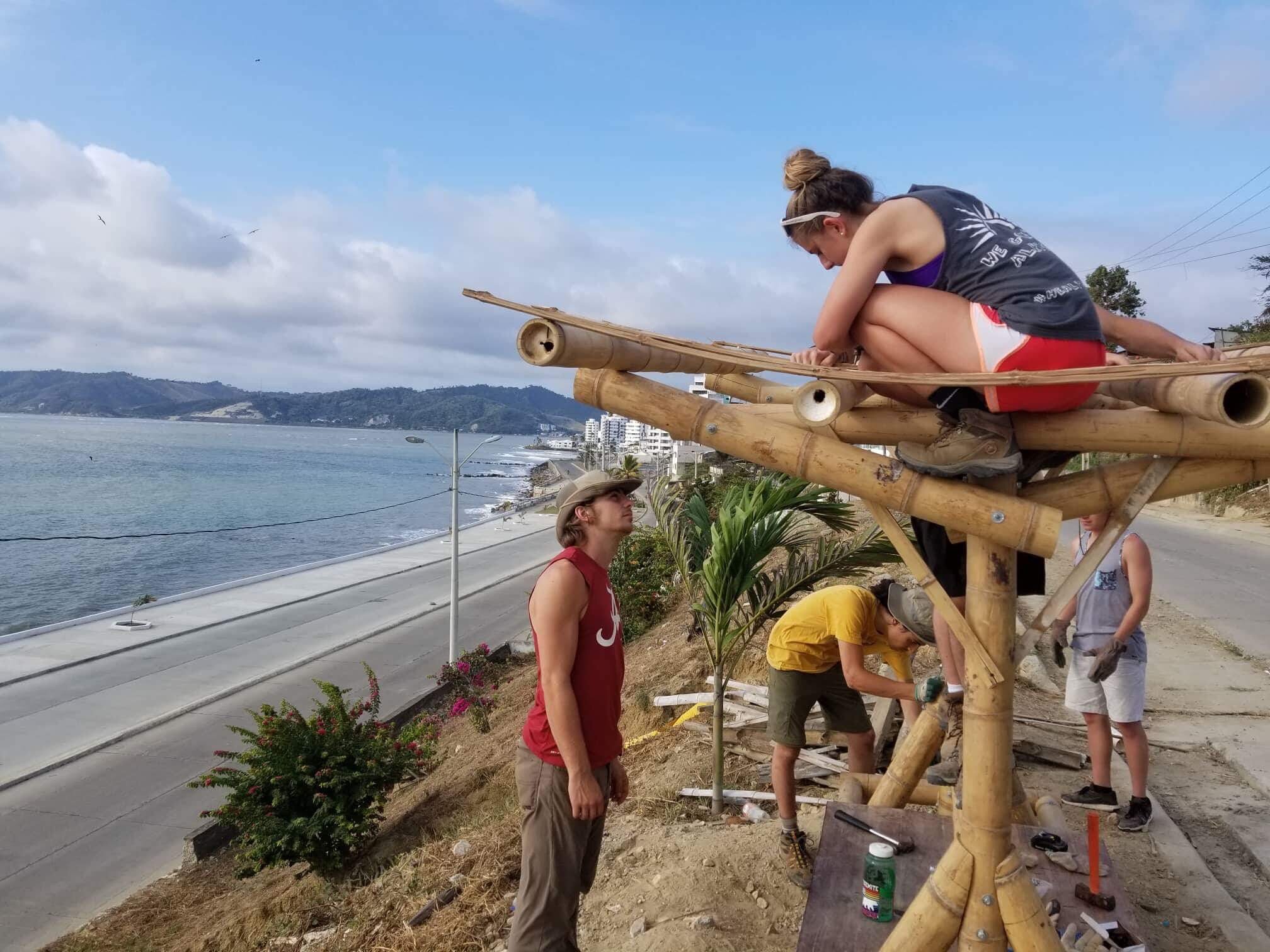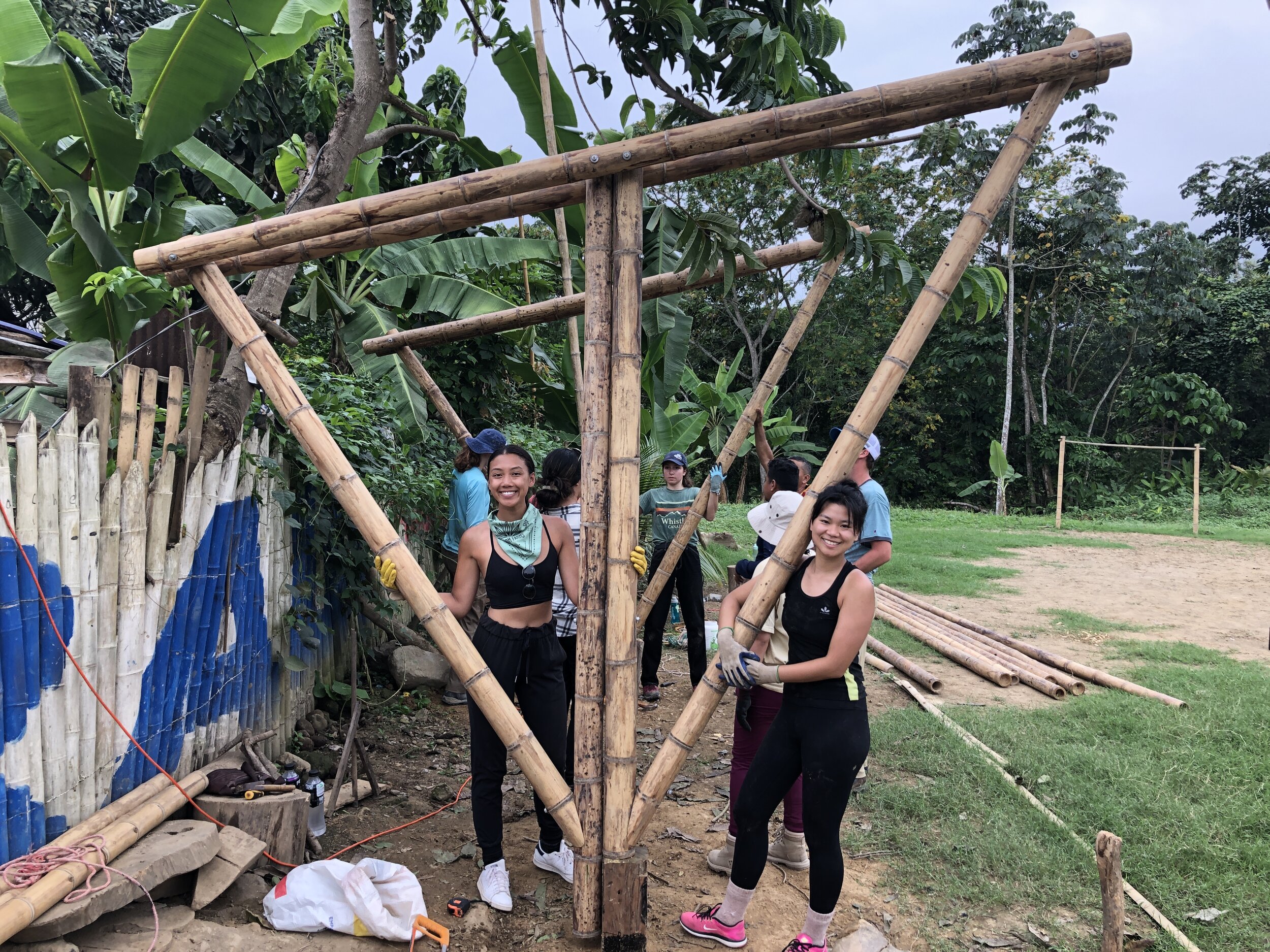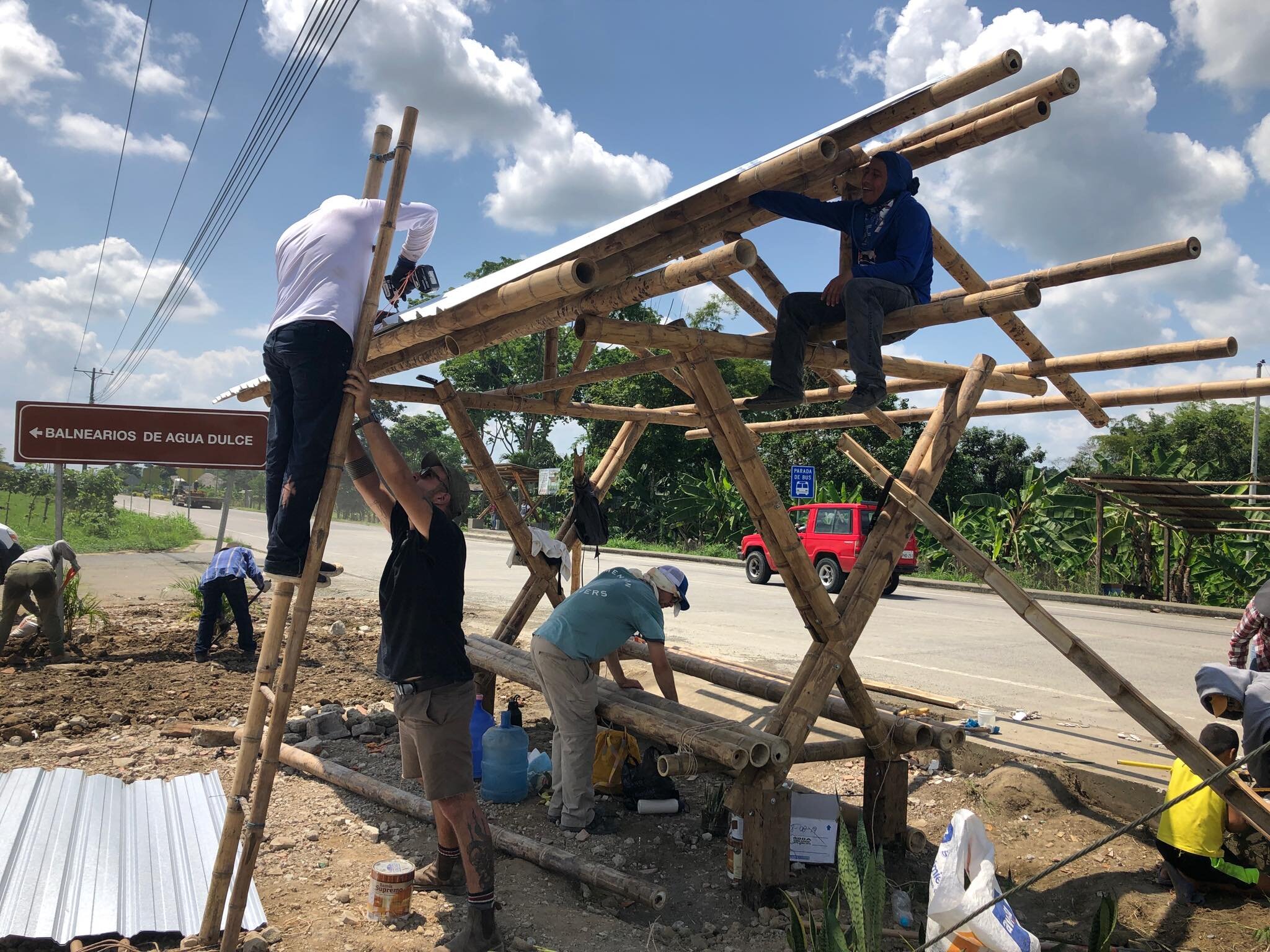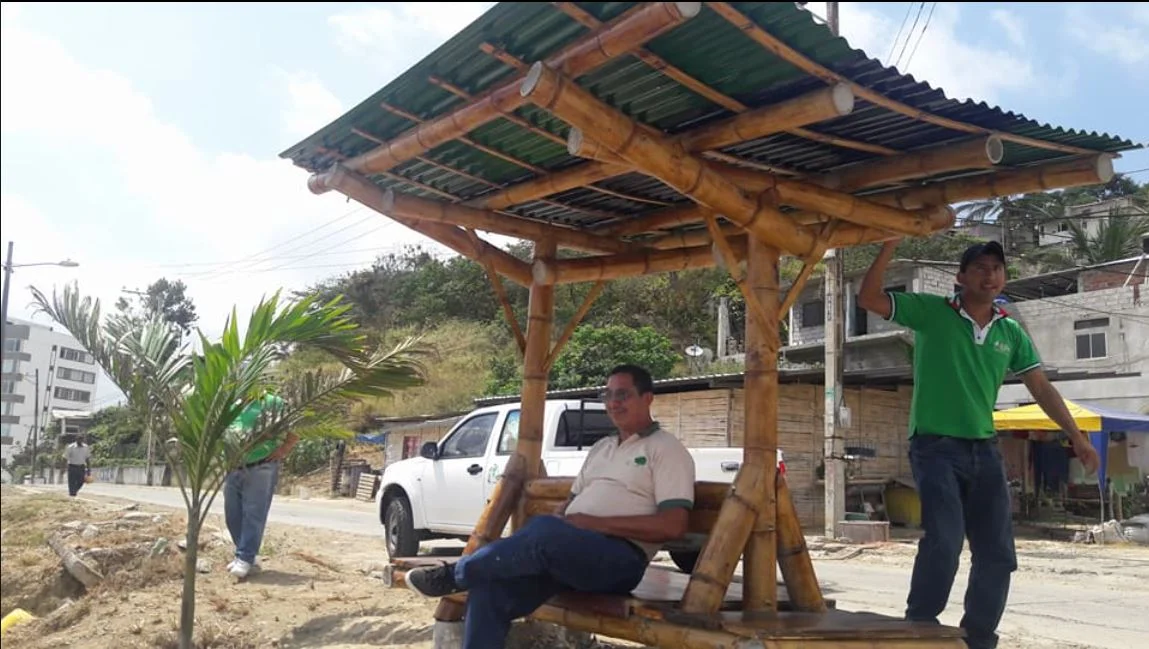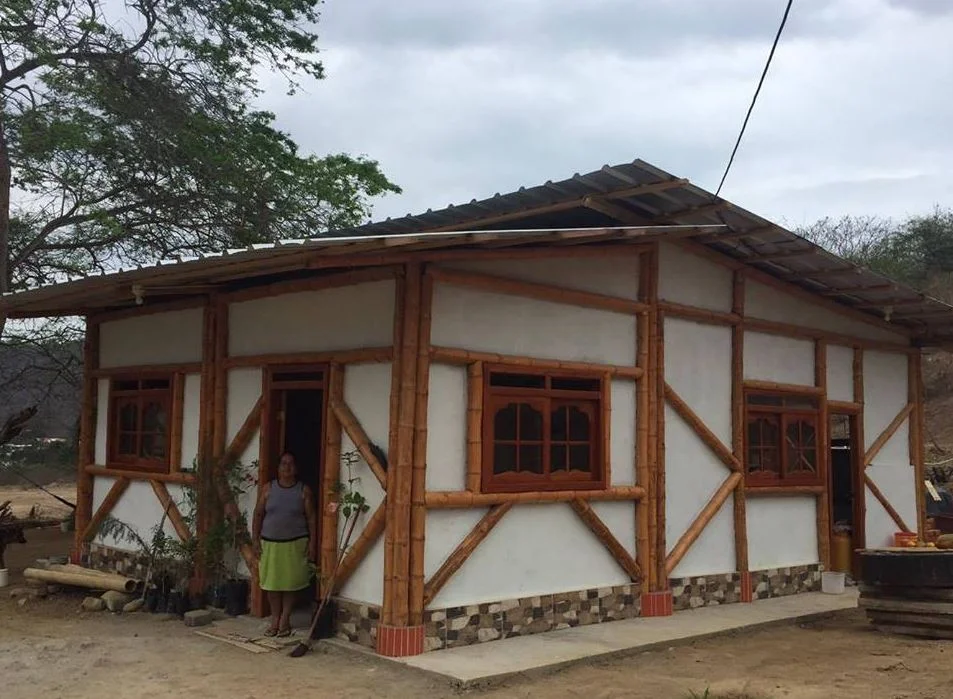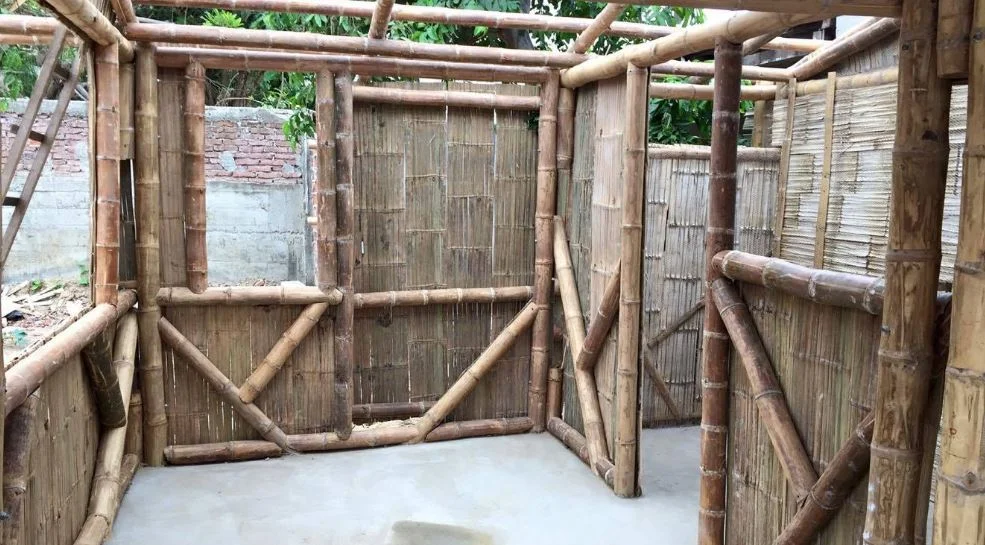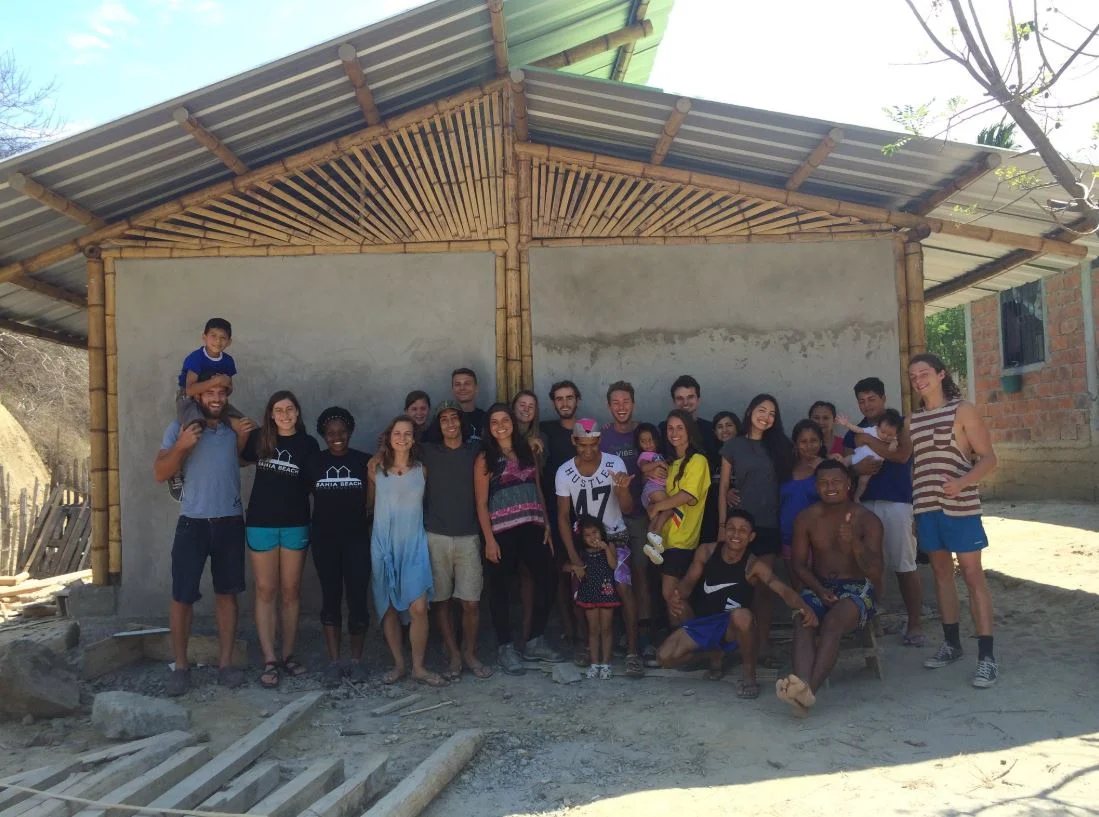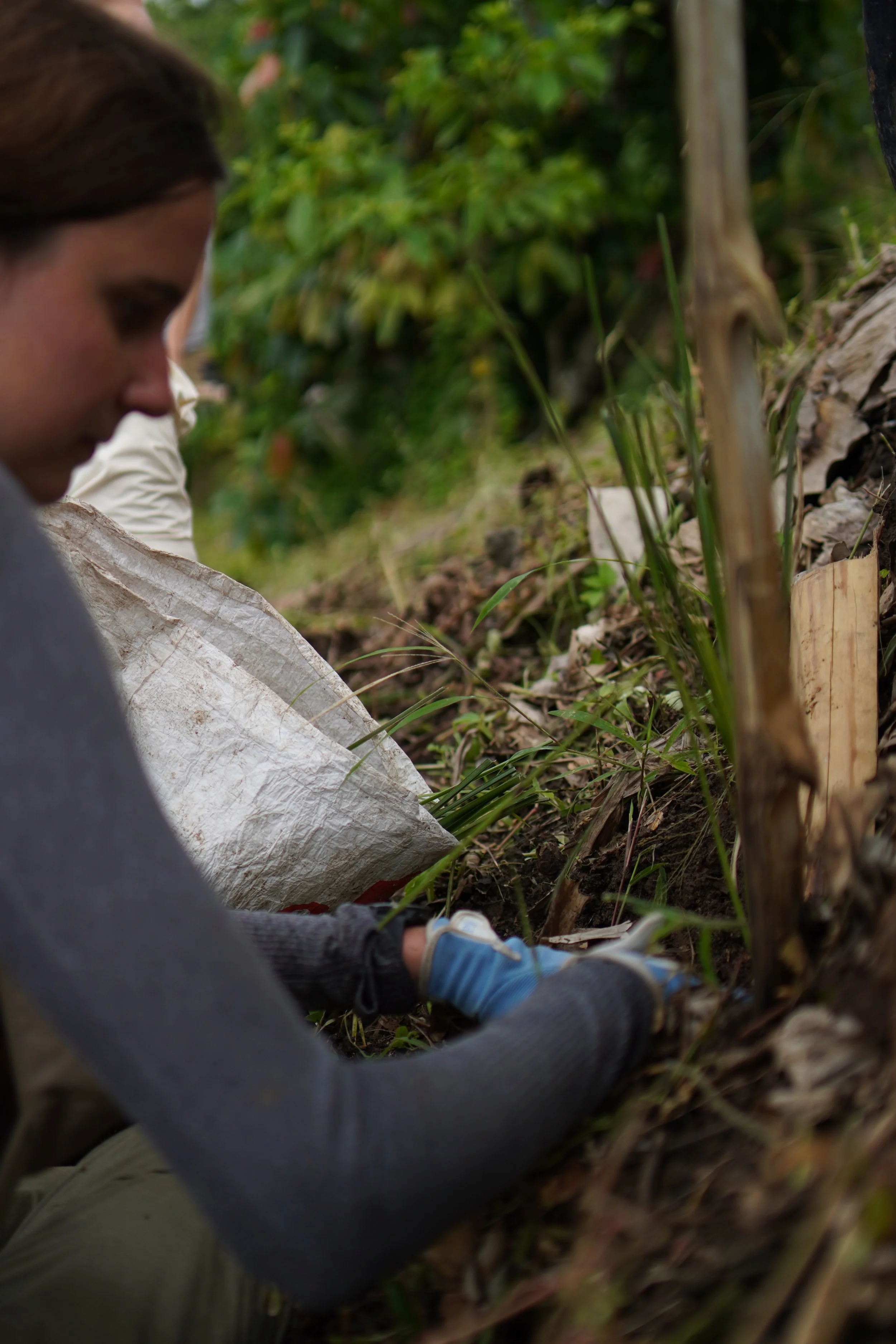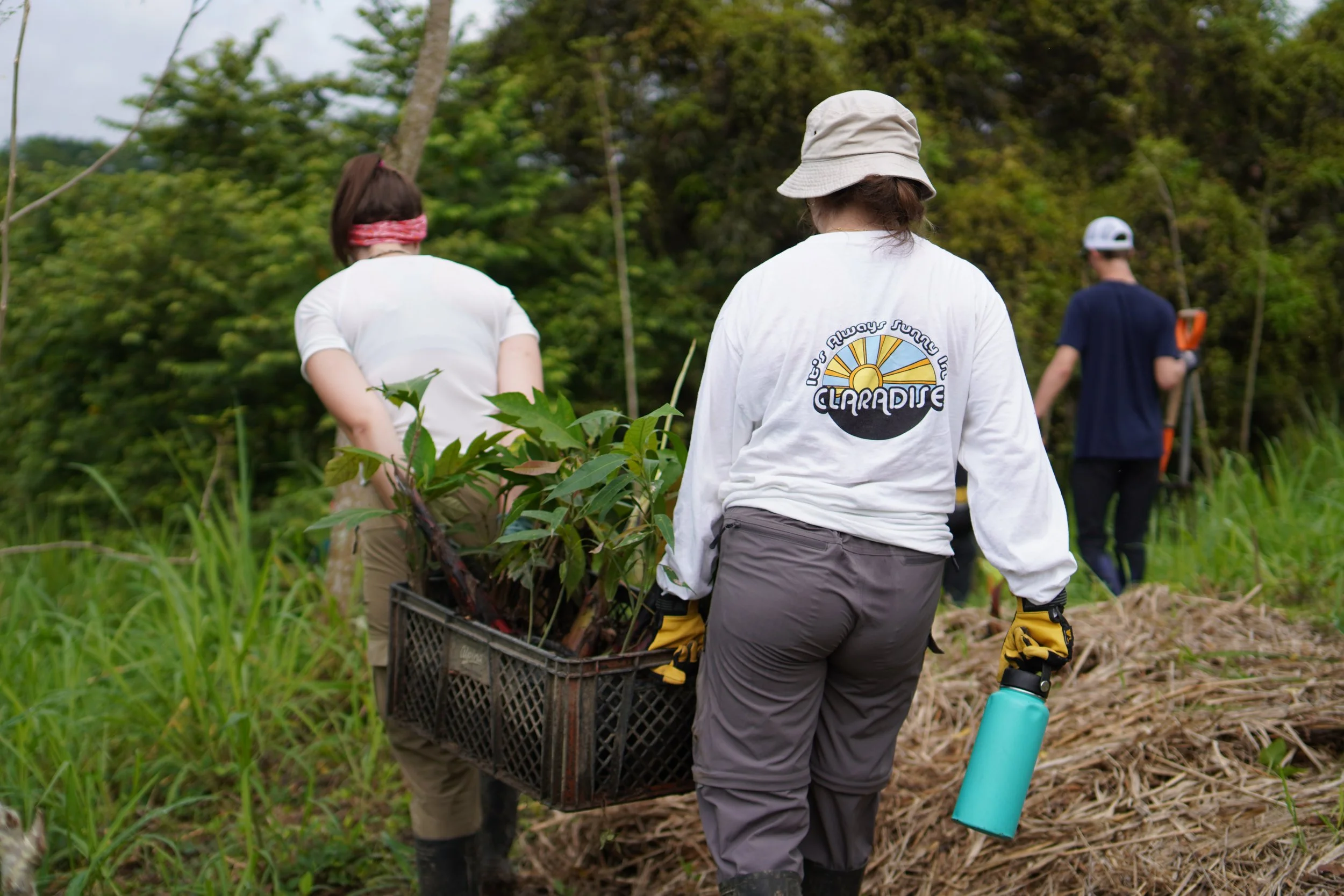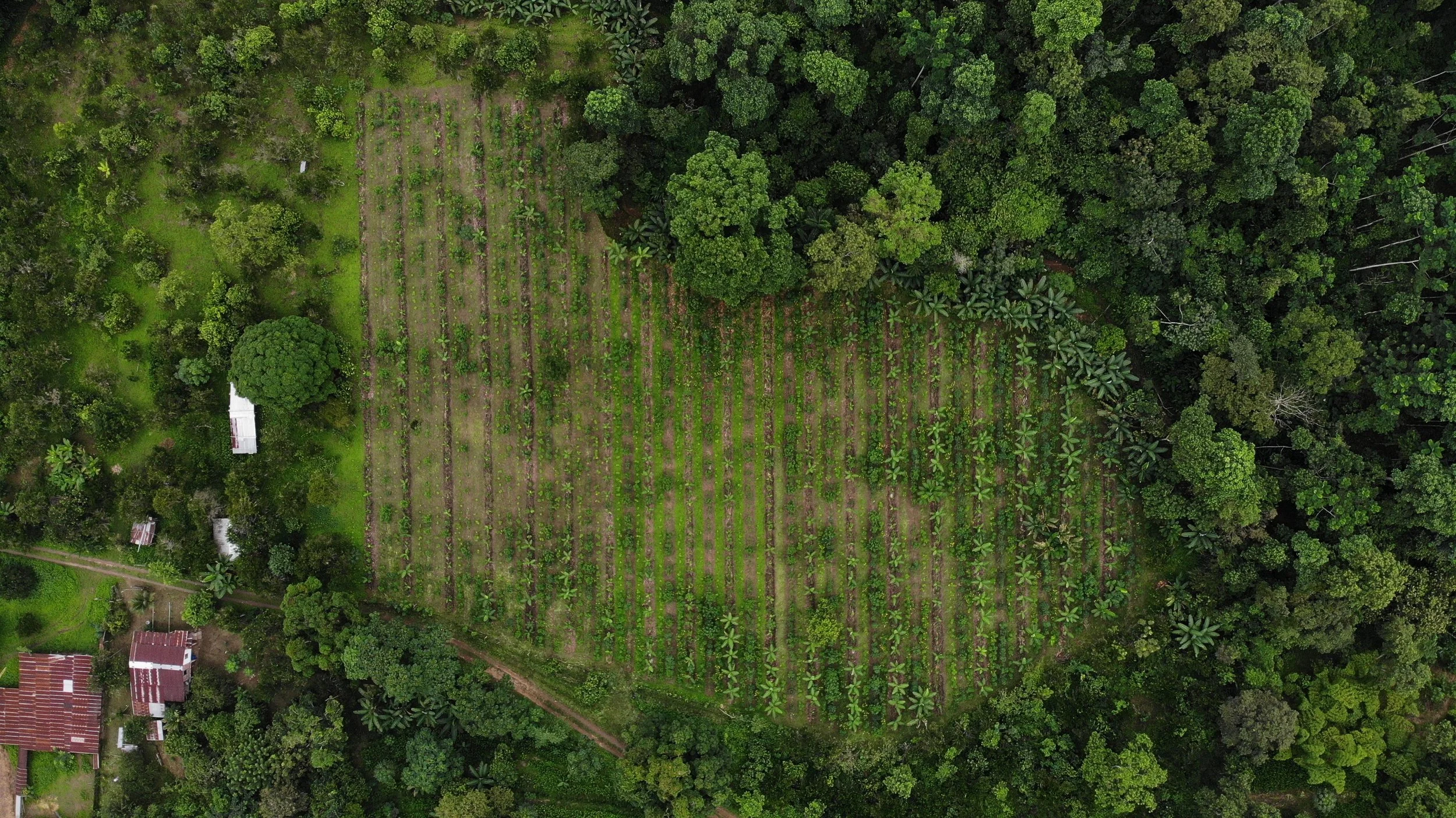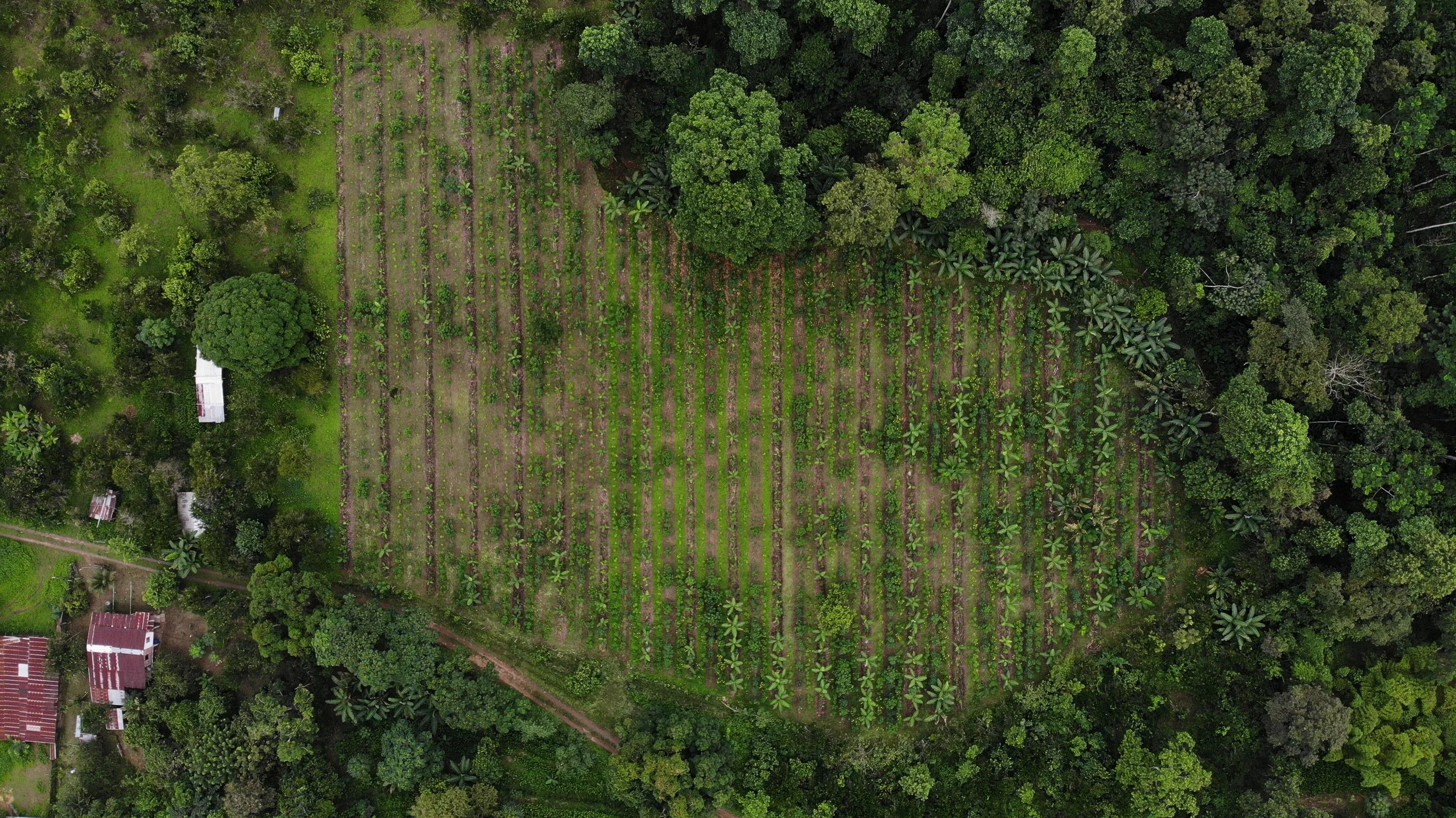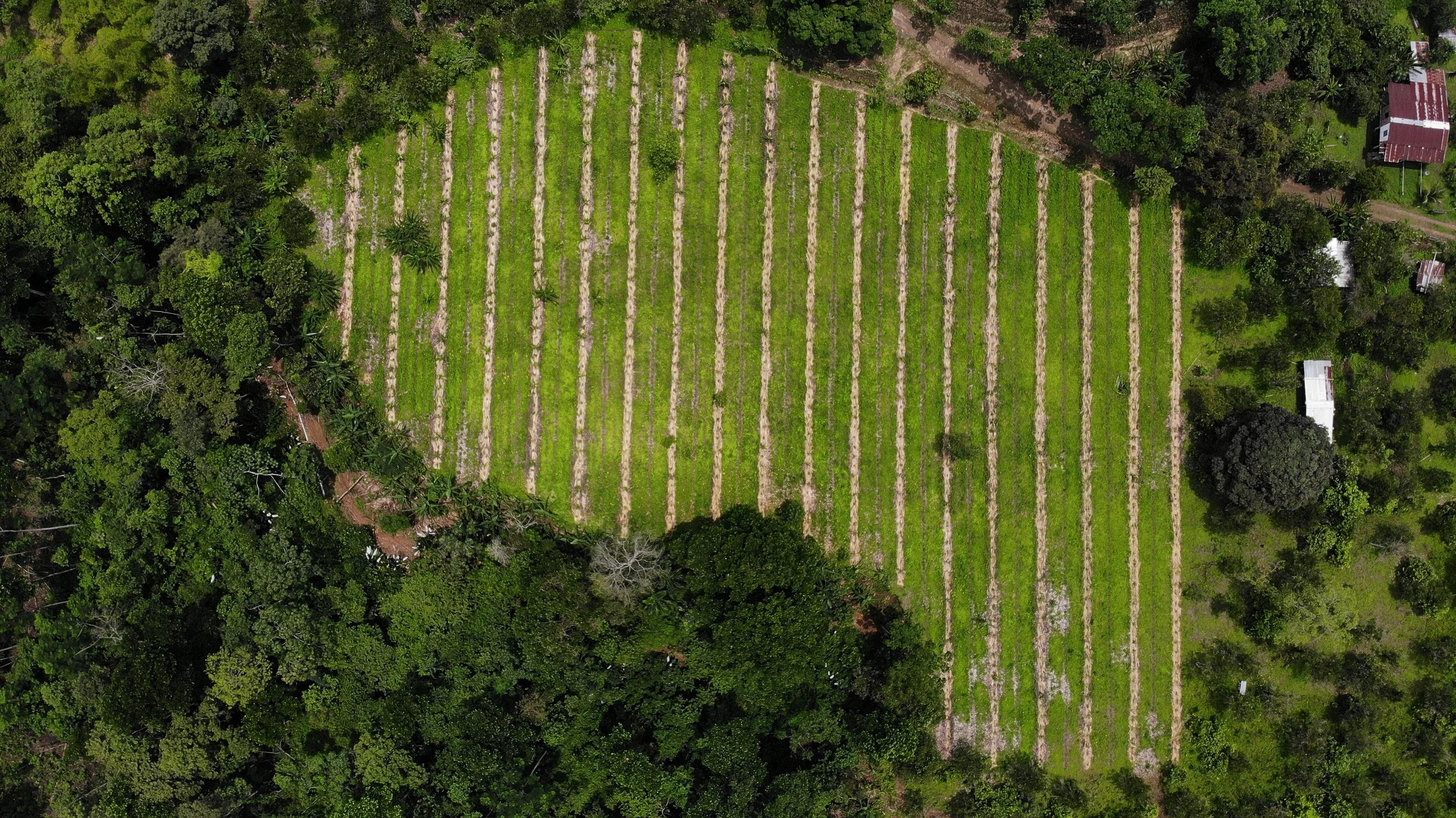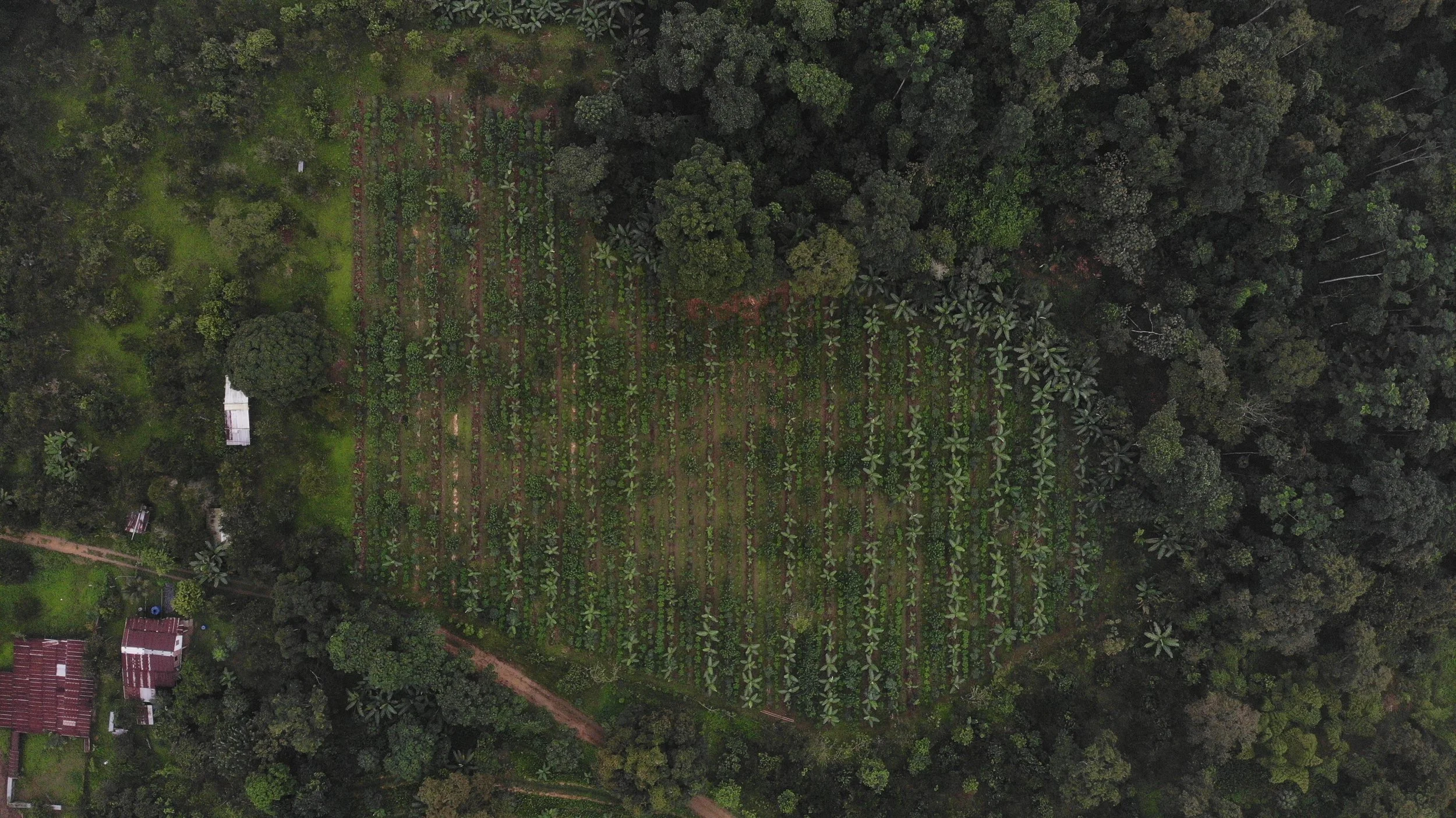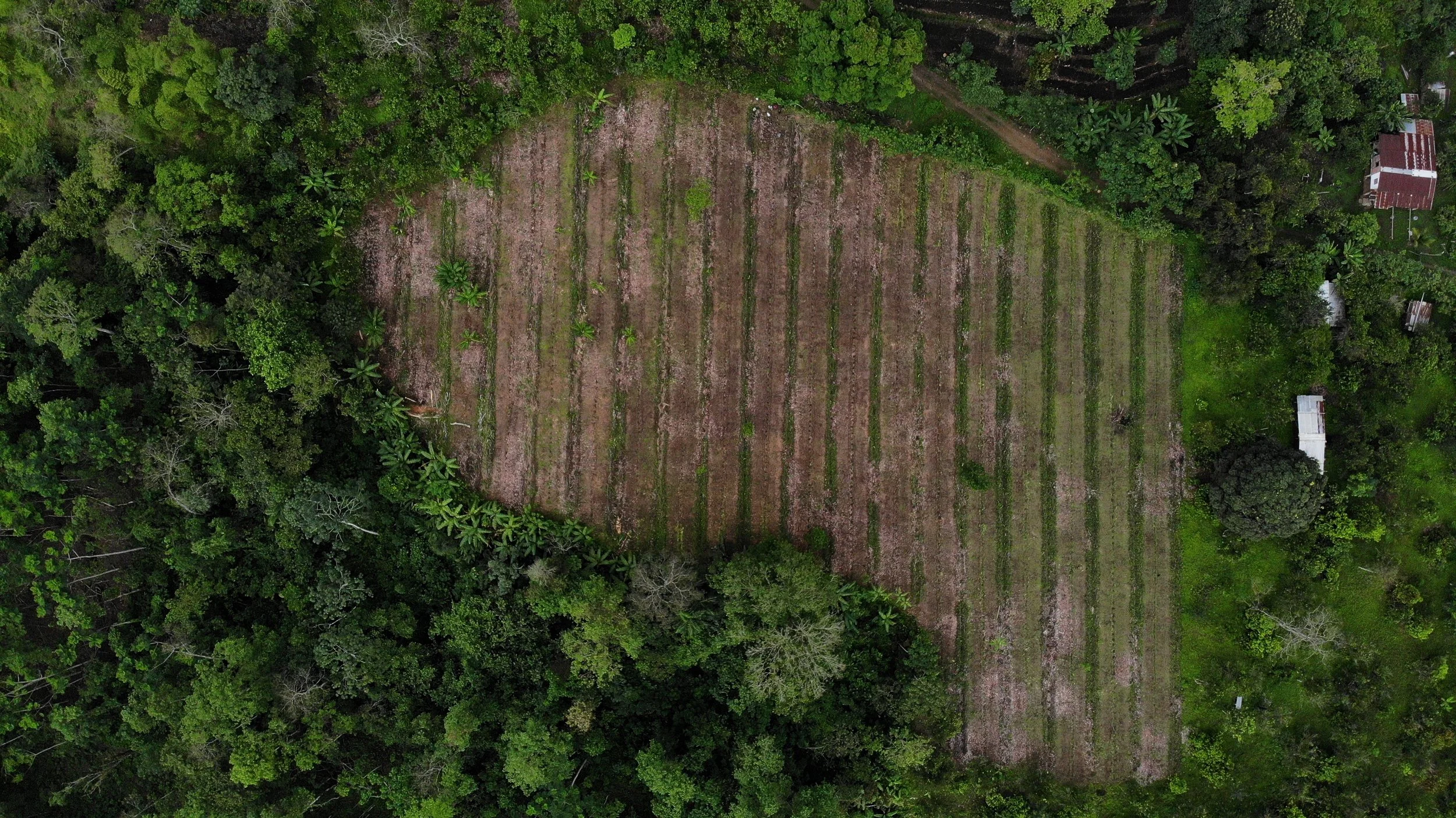What do we do?
Our projects range from disaster relief and community shelter building to regenerative agroforestry and watershed restoration and management. Construction and agriculture are major contributors to both global worming and global biodiversity. RFI projects in construction, agroforestry and restoration aim to provide jobs to our community, educational experiences both locally and internationally, and research programs for bioregional movement-building.
Our goal is to not just talk, but demonstrate compelling answers to the most pressing issues of our time. To this end, we build community centers, bus stops and shade structures out of native guadua bamboo, cultivate cacao, coconut, avocado and more in our syntropic agroforestry project and both reforest and stabilize degrading rivers and hillsides.
Where do we work?
Our projects are centered in the coastal province of Manabí, Ecuador around the port city of Bahía de Carácquez and agricultural county of Chone, 1 hour away. This region was devastated by a 7.8 magnitude earthquake in 2016, creating the need for immediate, cheap, strong housing alternatives and restoration work along the crumbling hillsides common in this region. to address this work, we work with student programs, local governments and NGOs to build, regenerate and educate. Our center is in our ranch, Los Arboleros Farm in Chone where we host the majority of our student programs and workshops.
See below for past and ongoing projects!





